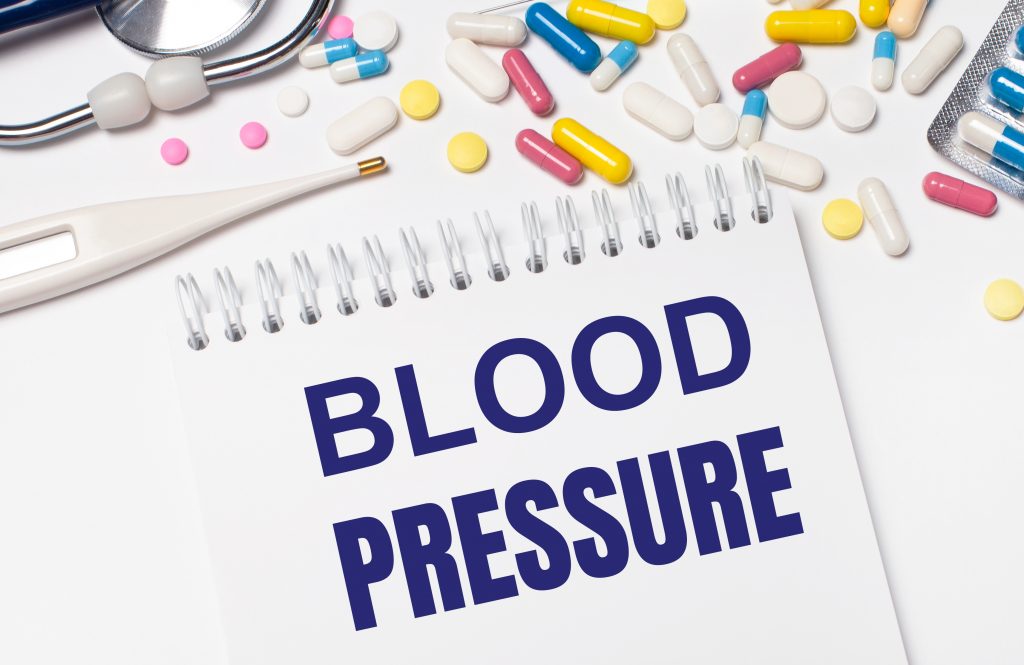Arq. Bras. Cardiol. 2022; 119(4): 585-586
Cardioprotective Effect of Resistance Exercise on Left Ventricular Remodeling Associated with Monocrotaline-Induced Pulmonary Arterial Hypertension
This Short Editorial is referred by the Research article "Resistance Exercise Training Mitigates Left Ventricular Dysfunctions in Pulmonary Artery Hypertension Model".
Pulmonary arterial hypertension (PAH) is characterized by progressive pulmonary vascular resistance, affecting several arteries and arterioles. These changes are associated with increased right ventricular afterload and remodeling, characterized by severe hypertrophy, initially adaptive and derived from vascular pressure gradient. , Afterward, these alterations are accompanied by right ventricular dilation and impaired contractile performance, resulting in reduced ejection fraction and ventricular failure. , Clinically, right ventricular size and function parameters alterations have a recognized association with bad prognosis in pulmonary arterial hypertension.
During the PAH development, when right ventricular filling pressure has been increased, and cardiac output is deteriorating, there are concomitant volumetric and pressoric overload into the right ventricle. These effects make the interventricular septum move to the left side, sustaining a paradoxical movement. Next, left ventricle (LV) ejection fraction and diastolic performance are affected, facing impaired early diastolic filling, reduced end-diastolic volume, and adverse remodeling. , Therefore, LV dysfunction configures a secondary and important effect from PAH onset. , ,
[…]
476

